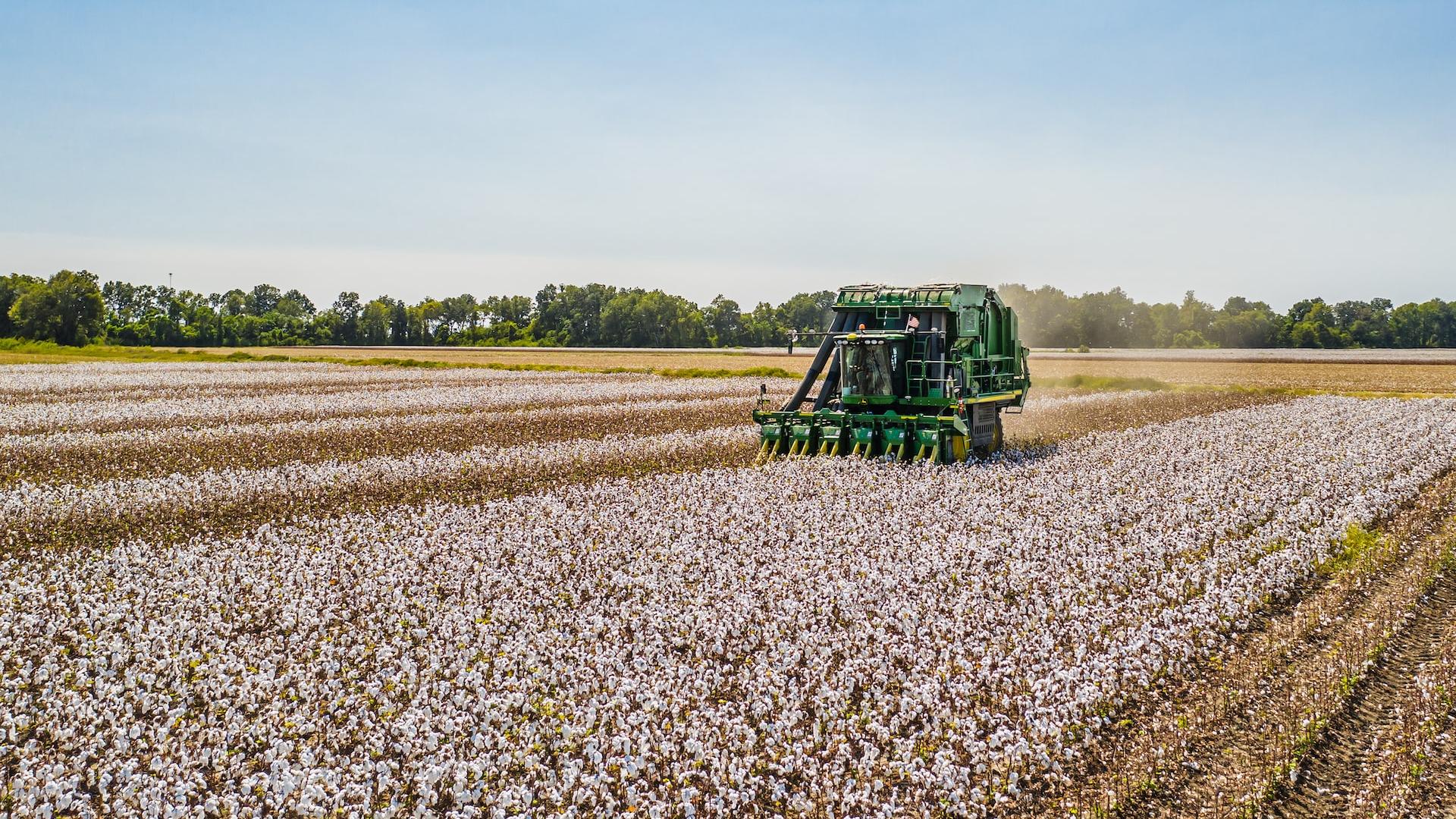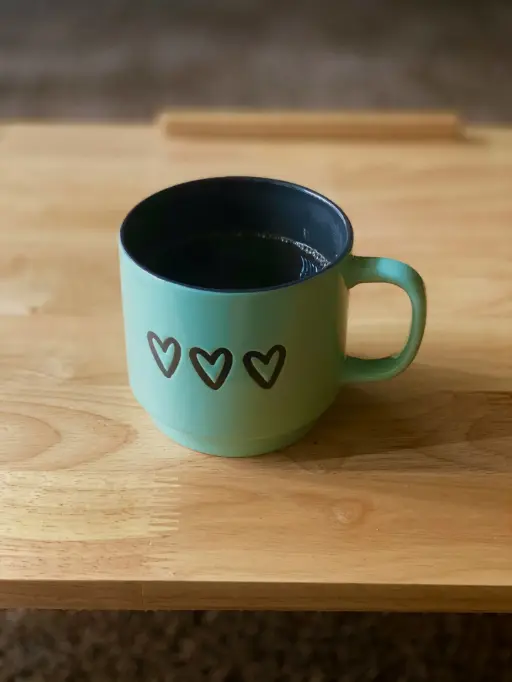Behind every piece of clothing we wear lies a complex journey that starts at the source and ends in our wardrobes. This blog takes you through the various stages of the clothing supply chain, with a focus on importing sustainable garments from Asia.

1. Raw material extraction and production
The journey of a garment starts with the raw material. This can be natural fibers such as cotton, wool, or silk, or synthetic materials such as polyester or nylon. The production of these materials has a major impact on the environment. For example, cotton production requires significant amounts of water and pesticides. Cotton is often grown in countries such as India, the United States and China. For wool we look to Australia and New Zealand, while synthetic materials such as polyester are mainly produced in China.
2. Yarn spinning and fabric production
After the extraction of raw materials, the spinning of yarn and the production of fabric follow. Large textile factories in China, India and Pakistan transform these raw materials into the basis for clothing.
3. Design and prototype
Clothing design takes place worldwide, often in fashion capitals such as New York, London, Paris and Milan. This is where the first prototypes and designs are created. This phase is crucial for determining the look and feel of the garment.
4. Mass production
Once approved, the design goes into mass production. This usually takes place in factories where workers cut, sew and finish the pieces. Working conditions in these factories are often the subject of discussion, with an emphasis on fair wages and safe working conditions. Production is often in the hands of countries with lower production costs. Think of Bangladesh, Vietnam, Indonesia, Myanmar and again China. These countries specialize in large-scale production of garments.
Read more:

Diwali: The Festival of Light and its effects on importing from India
In this article we explore what Diwali entails and what the implications are for importing from India.
5. Quality control and export
Before being shipped to international markets, the clothing undergoes strict quality checks. Once they pass this stage, the garments are exported to different countries.
6. Distribution and retail
After arriving in the destination country, the clothing is distributed to warehouses and retail locations, or sent directly to the consumer.
7. The role of the consumer
The journey does not end with the purchase; the way consumers care for and ultimately recycle or dispose of their clothing plays an important role in the sustainability of the garment industry. Consumers influence the supply chain with their purchasing decisions and the way they handle clothing after purchase. But there is also a responsibility here with the importer and retailer, for example to provide collection points and to encourage returns.
Conclusion
The garments supply chain is a complex system that includes many stages. If consumers and companies become more aware of the impact of these processes, we can take steps towards a more sustainable future for the fashion industry.
Would you like to know more about importing sustainable clothing from Pakistan or India?
Contact Westwood Sourcing for expert guidance and support when importing sustainable clothing from Pakistan or India.









